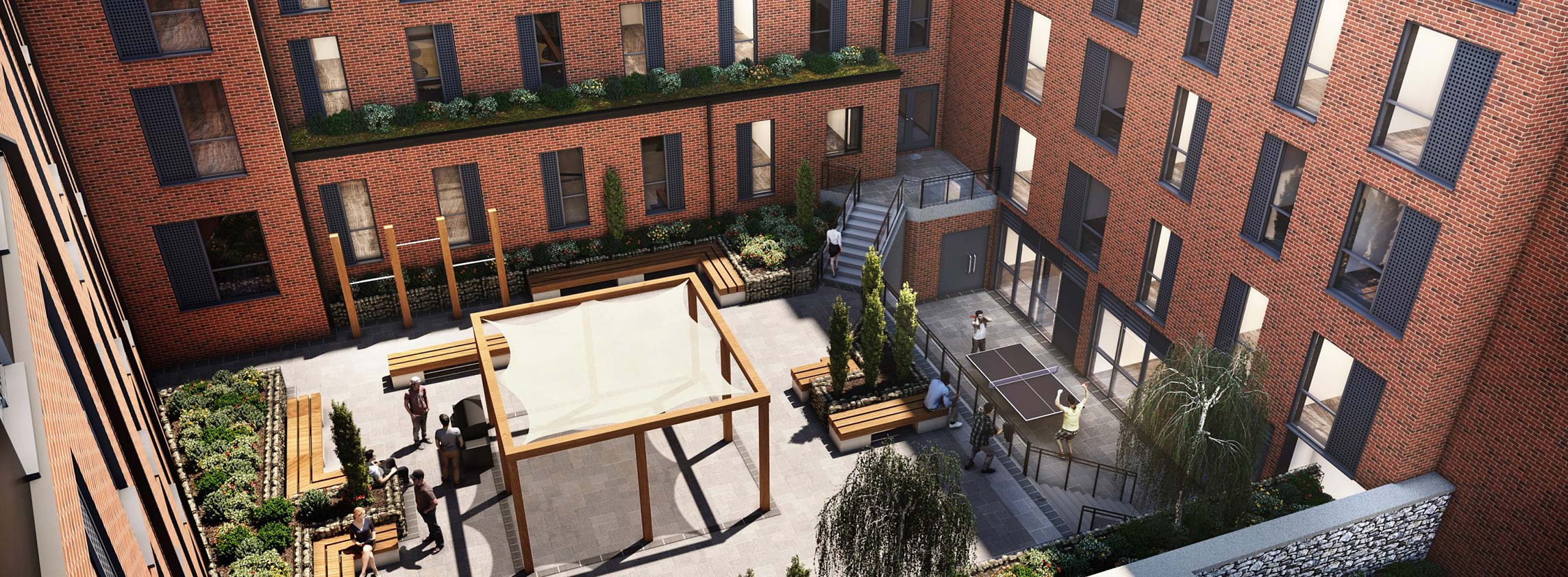Record investment highs as new entrants pour in
A year of extremes
2020 was a record-breaking year for investment in UK purpose-built student accommodation (PBSA). Investors spent £5.77 billion in the sector last year, a 5.7% increase on 2019. Investment was 0.8% higher than in 2015, which had held the record for most PBSA investment previously.
It was also the first time a single deal accounted for a majority of activity. Blackstone’s £4.66 billion acquisition of iQ Student Accommodation from Goldman Sachs and the Wellcome Trust accounted for 81% of investment in 2020. For context, Unite’s purchase of Liberty Living made up 40% of investment activity in 2019.
Since the beginning of 2020, a staggering number of new investors have entered the sector, with more due to follow. Crosstree, Barings, Brydell Partners, Ares, and Franklin Templeton were among those making their sectoral debuts. Blackstone’s iQ move was their third time in the UK PBSA sector, with the last being an exit of the Union State portfolio in 2016.
Both the number of new entrants and how much they invested in UK PBSA show that investors remain confident in the sector’s ability to deliver attractive, sustainable returns. It reflects a broader trend of re-allocation from ‘traditional’ real estate sectors to rented residential accommodation.
The impact of the Covid-19 pandemic is most obvious in investment volumes in the second quarter of last year. With the exception of iQ, which completed in May, just two investors completed transactions in Q2. However, as vaccination programmes accelerate we are seeing growing investor confidence in the student accommodation sector and greater appetite for acquisition opportunities. We anticipate sharply rising student demand for accommodation as social distancing and international travel restrictions ease.
Deal characteristics
Even excluding Blackstone’s acquisition of iQ, 60% of volume in 2020 came from overseas investors. This demonstrates that international investors remain confident in the UK’s higher education sector and its continued appeal to students all over the globe, after the UK has formally left the EU.
In our Spotlight on UK Student Accommodation, published in September 2020, we predicted that individual assets would make up a greater proportion of deals as investors consolidate their platforms. The data from the rest of 2020 supports this: excluding iQ, 98% of investment value last year was to acquire single assets. While the volume of investment hit record highs, there were just 33 transactions in 2020, fewer than any year since 2010.
Short-term pain, long-term gains
PBSA occupancy was lower than expected in 2020 as students were forced to leave their accommodation because of the pandemic. Occupancy levels have fallen too. Unite, the UK’s largest PBSA operator, reported a fall in occupancy from 98% in 2019/20 to 88% in 2020/21. GCP REIT had let 69% of its rooms in June 2020/21, down from an average 94% over the previous five years. This had a negative impact on rent collection: GCP expects to collect 55–60% of budgeted income in 2020/21.
While rent collection and occupancy have decreased in PBSA, they fell less than in other real estate sectors. Landlords collected just 42% of shopping centre rents in 2020 Q4, for example.
PBSA yields have remained stable this year, supported by more stringent rent guarantee structuring. This yield stability reinforces how investors are attracted to PBSA for the long-term income streams it generates, demonstrating the maturity of the asset class. It also suggests they view recent challenges to global student mobility as temporary, not structural.
PBSA is in a strong position to bounce back as lockdown restrictions ease. UCAS application data from 2021 shows an 8.4% annual rise in university applications, driven by a 17.1% increase in applications from foreign, non-EU countries.
The countries with the greatest growth in applications are also those most likely to demand PBSA. There were 130,000 university applications from Chinese students in 2021, who are more than 2.2 times more likely to live in PBSA than domestic students. Applications from the USA rose 60.7% year on year; American students are 1.9 times as likely to live in PBSA than students from the UK.
The next generation
There were 2.8 full-time students for every purpose-built student home in 2019/20. Even accounting for those students who prefer to live with their parents or in house-shares in the private rented sector, that suggests there’s plenty of capacity for new PBSA development.
Our league table (below) shows the locations we believe are most attractive for PBSA development. Amongst other criteria, it takes into account the ratio of full-time students to existing beds, competition in the development pipeline, and the rate at which local universities are growing.
St Andrews rises to the top tier this year, joining cities such as London, Bath, and Manchester. Student:bed ratios there are already high, and applications for universities in these cities grew year on year. This partly reflects the difficulty of finding suitable sites, however. Opportunities for PBSA development in London are highly attractive but they are few and far between.
Our league table includes more nuance than previous years, reflecting the different prospects for PBSA developments in different locations within each city. Prospects for development around the University of Birmingham campus are extremely strong, for instance, placing it in the First tier. While demand for new accommodation is still strong in Birmingham city centre, it’s less strong than on campus, which is why it sits a tier lower in Upper Second.
Strengthening prospects for development and growing undergraduate applications in Newcastle boosted it to the Upper Second tier. By contrast, the markets in Exeter and Leeds have seen rising supply. These cities slipped down into the Lower Second tier.
Scraping through with a Pass are cities such as Bolton, Hull, and Wolverhampton. The prospects for PBSA development in these locations aren’t as strong as the cities higher up the list. However, even in these markets, sites that are close to university facilities and offer great access to amenities can perform well.
